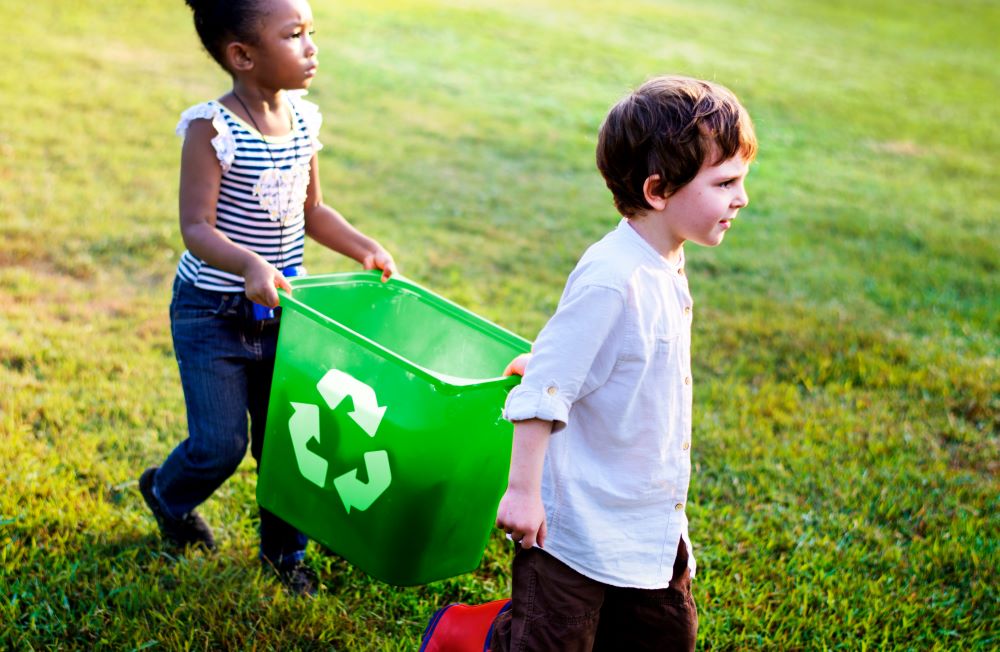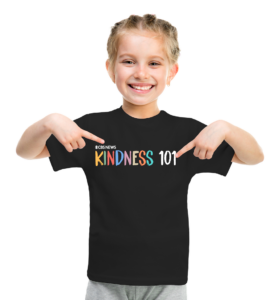
Webinar
Webinars We’re pleased to provide you with these free resources. We hope you’ll take a moment before you get started to submit a registration form to receive Kindness 101 highlights and our
There is so much power in the actions of one person, and if we all commit to being good citizens, we can make a big difference in our communities. Making small efforts to protect the environment is one way we can improve our communities and see a big difference.

Make decisions based on rationality, ethics, and effectiveness.
Enthusiastic to understand more about themselves, others, and the world around them.
Fully engaged in the educational process and connected to the school community.
This lesson is designed for students to understand the impact of being an engaged citizen of their community. Citizenship is more than voting and obeying laws. It involves individuals taking protecting the environment as their responsibility and duty. This lesson gives students time to discuss solutions to problems they see in their communities around the environment.

Webinars We’re pleased to provide you with these free resources. We hope you’ll take a moment before you get started to submit a registration form to receive Kindness 101 highlights and our

Success Stories Click here to be represented on the map! Click here to share your success story! ☆☆☆☆☆ Rated 5 out of 5 Preparing Students for Life “After 26 years,